At What Age Do Kids Lose Teeth? A Guide to Understanding Your Child’s Tooth Development
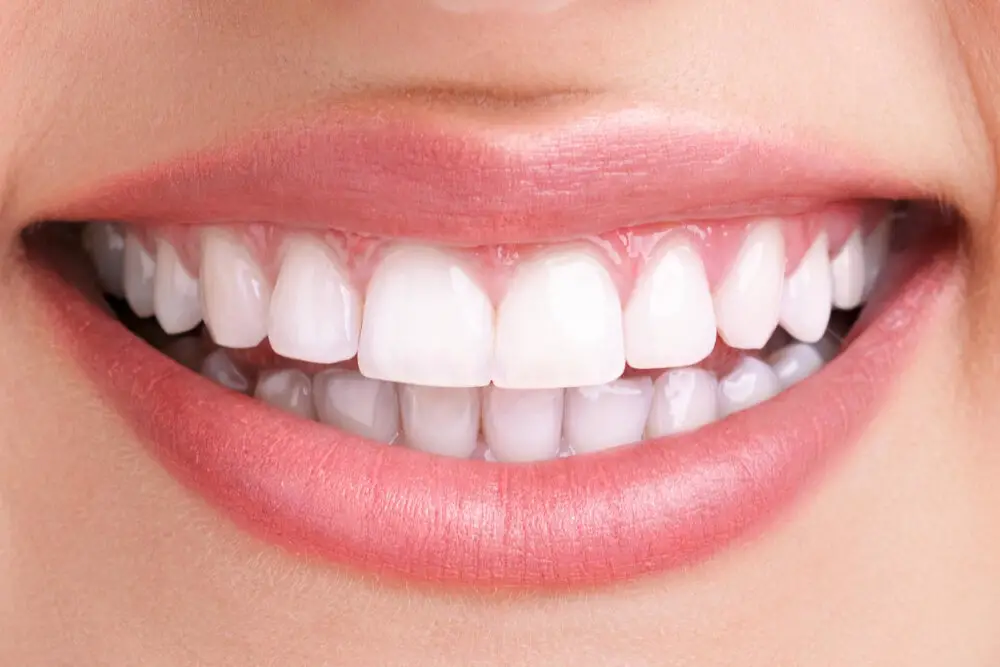
The process of losing baby teeth can be an exciting milestone for children, marking a significant step towards growing up. However, as a parent or caregiver, understanding when and how teeth fall out can sometimes be confusing. Knowing what to expect during your child’s tooth development can help prepare you for this natural process and ensure your child’s dental health is on track. The age at which a child loses their teeth can vary, but typically begins around the age of six or seven. This is when the first set of primary teeth, also known as baby teeth, start to loosen and fall out, making room for the adult teeth to come in. The process of losing teeth can continue until the age of 12 or 13, with the last set of molars, known as wisdom teeth, emerging during the teenage years. Understanding the timeline of tooth development can help ensure your child’s oral hygiene is maintained and any potential issues are addressed early on.
Understanding your child’s tooth development is crucial for their overall oral health. As a parent or caregiver, it is essential to know when your child’s teeth are supposed to come in and fall out, as it can help identify any potential issues early on. Additionally, understanding your child’s tooth development can also help you establish good oral hygiene habits and teach your child how to take care of their teeth properly. Moreover, by being knowledgeable about your child’s tooth development, you can ensure that they receive appropriate dental care and treatment, which can prevent future dental problems and promote healthy teeth and gums.
As children grow, their teeth are constantly developing and changing, leading to many questions and concerns from parents. One common question parents have is at what age do kids lose teeth. The answer is that it varies from child to child, but typically children begin to lose their baby teeth around the age of six. However, some children may start as early as four years old or as late as eight years old. Parents may also be concerned about the order in which their child’s teeth fall out, the potential for pain or discomfort during the process, and the proper care of their child’s new permanent teeth. It is important for parents to speak with their child’s dentist and closely monitor their child’s dental development to ensure healthy and proper growth.
Primary Teeth Eruption
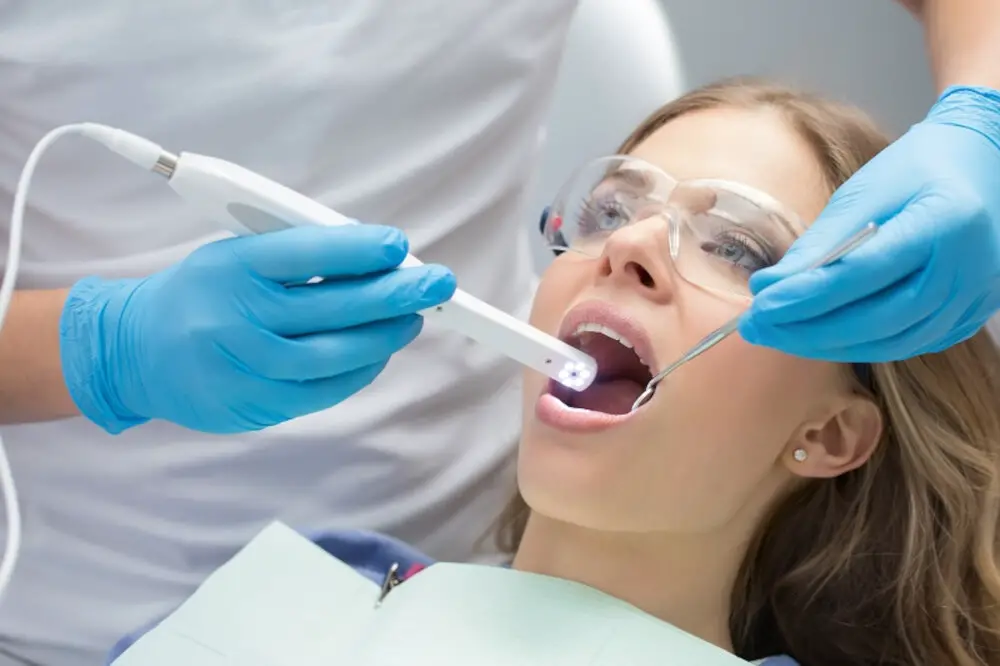
Primary teeth eruption, also known as baby teeth, is a critical milestone in a child’s development. Children usually start to develop their primary teeth between six to twelve months of age. The primary teeth’s eruption pattern is usually symmetrical, meaning that the teeth on one side of the mouth will erupt in the same order and at the same time as the teeth on the other side. The first teeth to erupt are usually the lower front teeth, followed by the upper front teeth. By the age of three, most children will have all twenty primary teeth, which will stay in place until they start to fall out around the age of six or seven. The process of primary teeth eruption can be uncomfortable for children, causing them to drool, have sore gums, and become irritable. Parents can help soothe their child’s discomfort by massaging their gums with a clean finger, giving them a cold teething ring or a damp cloth to chew on. It’s essential to maintain good oral hygiene habits during the primary teeth eruption process, as it sets the foundation for healthy permanent teeth. By gently brushing your child’s teeth twice a day with a soft-bristled toothbrush and fluoride toothpaste, you can help prevent cavities and other dental problems.
The process of primary teeth eruption in children is a natural phenomenon that occurs when the baby teeth start to emerge from the gums. This process typically begins at around six months of age and can continue until the child is around three years old. The first teeth to emerge are usually the lower central incisors, followed by the upper central incisors, and then the lateral incisors. The molars and canines come next. The process of tooth eruption can be accompanied by some discomfort for the child, including irritability, drooling, and loss of appetite. However, this is a normal part of the process and can be managed with gentle care and attention. As the child grows and develops, these primary teeth will eventually fall out and be replaced by permanent teeth, marking another milestone in their dental development.
The emergence of the first primary teeth is a milestone in a child’s development, and it typically occurs between 6-10 months of age. At this age, the lower central incisors are the first teeth to emerge, followed by the upper central incisors. By the age of 3, most children will have a full set of primary teeth, including 20 teeth in total. The process of primary teeth development is closely related to the growth and development of a child, and it can be an exciting and challenging time for both parents and children alike. Understanding the typical age range for primary teeth emergence can help parents prepare for their child’s dental care needs and ensure they receive the best possible oral health care.
The Timeline for Losing Primary Teeth
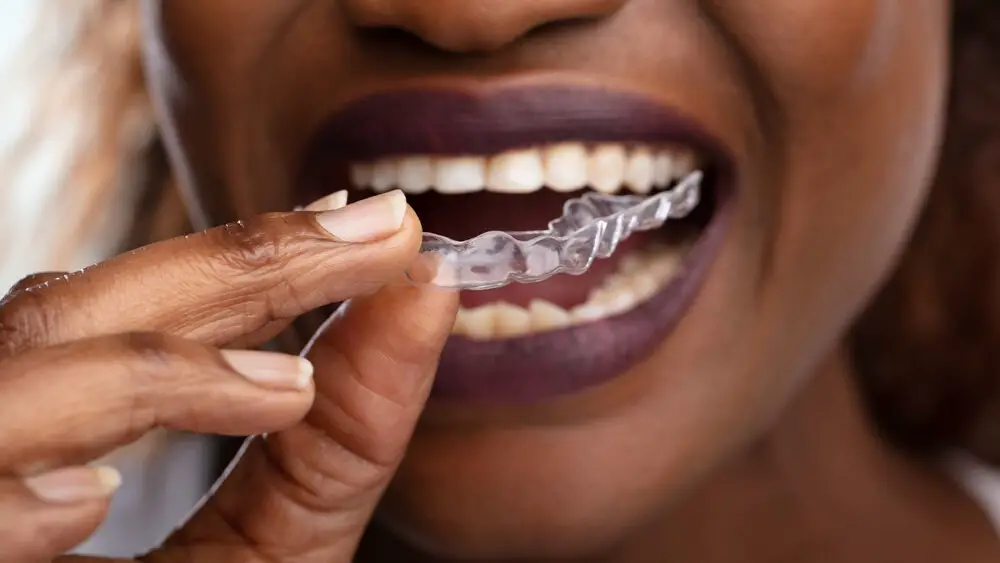
Primary teeth, also known as baby teeth or milk teeth, are the first set of teeth that children develop. These teeth serve as a placeholder for permanent teeth and aid in the development of speech and chewing. The timeline for losing primary teeth varies from child to child, but generally, children start losing their teeth around the age of 6 or 7. By the age of 12 or 13, most children have lost all of their primary teeth. The process of losing primary teeth is a natural and normal part of a child’s tooth development. The process starts when the roots of the primary teeth begin to dissolve, allowing the teeth to become loose and eventually fall out. Children may experience some discomfort during this process, but it is usually minimal and can be managed with over-the-counter pain relief. Parents can help their children by encouraging good oral hygiene habits, such as brushing and flossing regularly, and by providing a healthy diet that is rich in calcium and other essential nutrients. Overall, the timeline for losing primary teeth is a gradual process that can take several years to complete, but with proper care and attention, children can maintain healthy and strong teeth throughout their lives.
As children grow, their primary teeth begin to loosen and fall out to make way for their permanent teeth. Generally, the timeline for children losing their primary teeth begins around the age of six and continues until the age of twelve. The first teeth to be lost are typically the lower front teeth, followed by the upper front teeth, and then the molars. The timing of tooth loss can vary from child to child, but it is important to monitor their dental development and ensure that they are maintaining good oral hygiene habits. By the age of twelve, most children will have lost all of their primary teeth, and their permanent teeth will continue to grow and develop throughout their teenage years.
The timing for losing primary teeth among children can vary greatly. Generally, children lose their first tooth around the age of six and will continue to lose teeth until they are around 12 years old. However, some children may lose their first tooth as early as four years old, while others may not lose their first tooth until they are eight years old. Additionally, the order in which teeth are lost can also vary. Typically, the lower front teeth are the first to go, followed by the upper front teeth, and then the molars. However, some children may lose their teeth in a different order, which is perfectly normal. It’s important for parents to be patient and understanding as their child’s teeth develop at their own unique pace.
Permanent Teeth Eruption
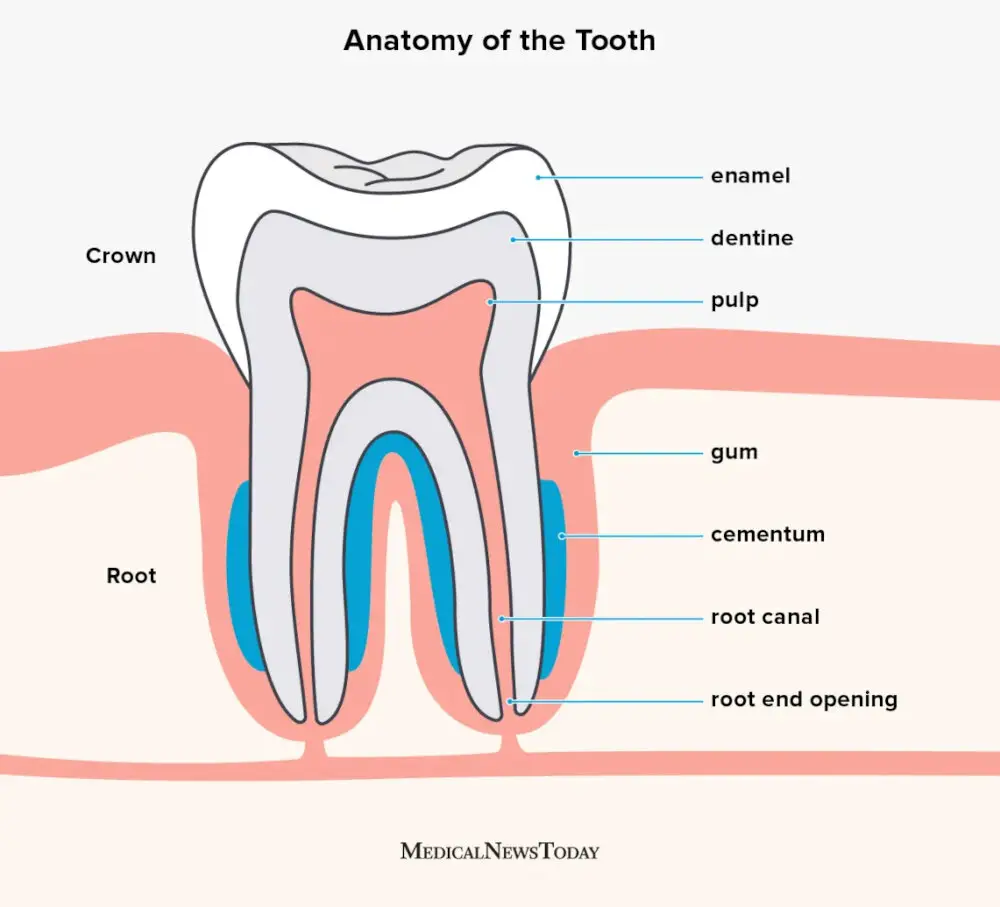
The eruption of permanent teeth is a crucial stage in your child’s tooth development. It generally begins around the age of six when the first molars appear in the back of the mouth. These teeth are essential for chewing and grinding food, and they don’t replace any primary teeth. By age 12, most children have all of their permanent teeth except for their wisdom teeth, which usually emerge between ages 17 and 25. When your child’s permanent teeth come in, it’s important to maintain good oral hygiene habits to keep them healthy and strong. As your child’s permanent teeth emerge, they may experience some discomfort or pain. This is normal and can be managed with over-the-counter pain relievers or by applying a cold compress to the affected area. You should also encourage your child to brush and floss regularly to prevent cavities and other dental problems. Regular dental checkups are also essential to ensure that your child’s teeth are developing correctly and to catch any problems early on. With proper care, your child’s permanent teeth can last a lifetime, providing them with a healthy, beautiful smile for years to come.
The process of permanent teeth eruption in children is a gradual and ongoing one that typically starts around the age of six and continues until the early twenties. The first permanent teeth to appear are usually the molars at the back of the mouth, which can cause discomfort and irritability in some children. As the permanent teeth continue to emerge, they push out the baby teeth, which eventually fall out. The order and timing of permanent tooth eruption can vary from child to child, but most follow a general pattern. It is important for parents to monitor their child’s dental development and seek professional advice if there are any concerns or issues. Regular dental check-ups and good oral hygiene habits can help ensure healthy permanent teeth in the future.
The age range for the first permanent teeth to come in can vary, but typically they will start to appear between the ages of 6 and 7. The front teeth, also known as the lower central incisors, are usually the first to emerge. As children grow older, their adult teeth will continue to come in until they have a full set of 32 teeth. However, the timing of tooth eruption can be influenced by various factors such as genetics, nutrition, and oral hygiene habits. It’s important for parents to monitor their child’s tooth development and schedule regular dental check-ups to ensure that their child’s teeth are healthy and properly aligned.
Factors Affecting Tooth Development
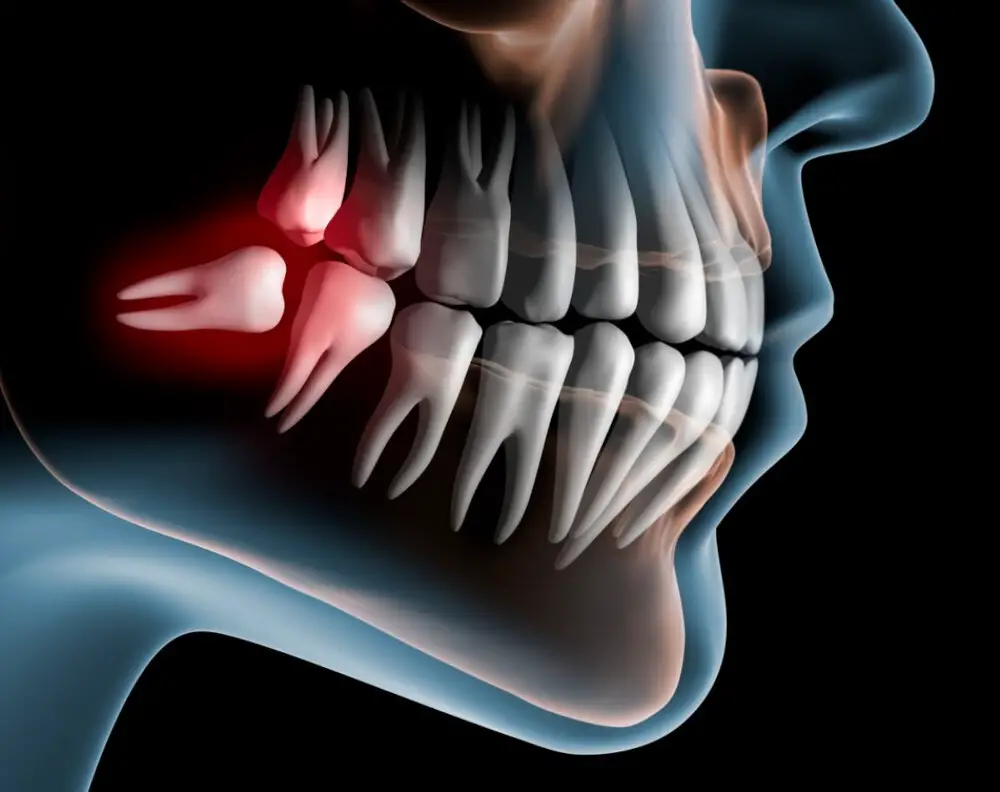
Tooth development is a complex process that is influenced by various factors. Genetics play a significant role in determining the size, shape, and number of teeth a child will have. Additionally, nutrition is another critical factor that affects tooth development. Children who consume a diet rich in calcium, phosphorus, and Vitamin D are more likely to have healthy teeth than those who do not. On the other hand, a diet high in sugar and carbohydrates can lead to tooth decay, which can impact tooth development. Environmental factors such as exposure to fluoride and other minerals in water and soil can also affect tooth development. In areas with high levels of fluoride, children may develop teeth that are more resistant to decay, while those in areas with low levels of fluoride may be more susceptible to tooth decay. Other environmental factors, such as exposure to tobacco smoke during pregnancy, can also impact tooth development. Pregnant women who smoke are more likely to have children with delayed tooth eruption and other dental problems. Overall, it is essential to consider various factors that can impact tooth development to ensure that children receive the best possible dental care. In conclusion, tooth development is a complex process that is influenced by various factors, including genetics, nutrition, and the environment. Parents and caregivers can help support healthy tooth development by ensuring that children consume a balanced diet rich in calcium, phosphorus and Vitamin D, and by limiting their intake of sugary and carbohydrate-rich foods. Additionally, regular dental check-ups, exposure to fluoride, and avoiding exposure to tobacco smoke during pregnancy can also help support healthy tooth development in children. By understanding the factors that affect tooth development, parents and caregivers can help ensure that their children have healthy teeth and beautiful smiles for years to come.
Several factors can impact a child’s tooth development, including genetics, nutrition, and oral hygiene habits. Genetics play a significant role in determining the size and shape of a child’s teeth, as well as the timing of their eruption and shedding. Nutritional deficiencies, especially of calcium and vitamin D, can delay tooth development and increase the risk of tooth decay. Poor oral hygiene habits, such as infrequent brushing and flossing, can also lead to decay and gum disease, which can affect the health and growth of teeth. Other factors that can impact tooth development include health conditions like cleft lip and palate, injuries, and certain medications. It is essential to monitor and support a child’s tooth development by promoting healthy habits and seeking professional dental care when necessary.
The loss of primary teeth in children is guided by various factors such as genetics, nutrition, and oral hygiene practices. Genetics play a crucial role in determining the timing of primary tooth loss as it is often hereditary. Nutritional factors such as a balanced diet rich in calcium and vitamin D are essential for bone development and maintenance, which includes the teeth. Poor oral hygiene practices such as infrequent brushing and flossing can lead to tooth decay and gum disease, which can ultimately affect the timing of primary tooth loss and overall dental health. As such, it is crucial for parents to promote good oral hygiene practices and provide a balanced diet for their children to ensure healthy dental development.
Children’s tooth development is a gradual process that begins in the womb and continues well into adolescence. The first teeth usually erupt between six and ten months of age, and by the time they are three years old, most children have a full set of primary teeth. Children start to lose their primary teeth between the ages of six and twelve, with the first permanent molars appearing around the age of six. The process of losing teeth continues until the age of thirteen or fourteen when all the permanent teeth have erupted. It’s important to encourage good oral hygiene habits early on to ensure healthy teeth and gums throughout your child’s life. With regular dental check-ups and proper care, your child’s tooth development can be a smooth and successful journey.
It’s important for parents to be proactive in supporting their child’s dental health. One of the best ways to do this is by encouraging good oral hygiene habits, such as brushing and flossing regularly. Parents should also make sure their child is eating a healthy diet that is low in sugar and high in nutrients, as this can help prevent cavities and other dental issues. In addition, it’s important for parents to schedule regular dental check-ups for their child, starting as early as age one. This allows the dentist to monitor the child’s tooth development and catch any potential problems early on. If parents notice any concerning changes in their child’s teeth or gums, they should seek professional help right away to prevent further damage or complications.
Conclusion

In conclusion, understanding your child’s tooth development can be crucial in ensuring their healthy oral hygiene. The process of losing teeth is a natural and exciting milestone for kids, usually starting at around age 6 and continuing until around age 12. However, it’s important to keep in mind that every child is different and may experience tooth loss at different ages. It’s also essential to encourage good dental habits early on, such as regular brushing and flossing, to prevent any potential dental problems. By being aware of your child’s tooth development and maintaining good oral hygiene habits, you can help ensure their teeth remain healthy and strong for years to come.







